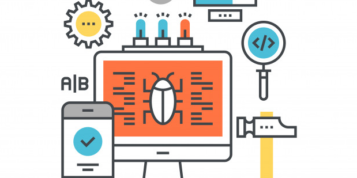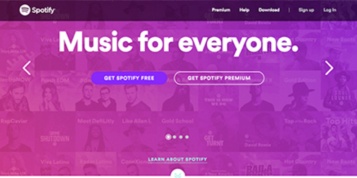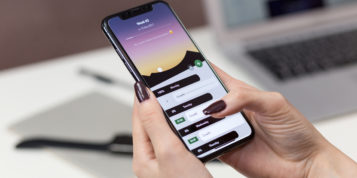It’s no surprise that Apple wants to change its app model; moving from one-time purchases to subscription-based delivery. Single purchases are inexpensive for the user, but can prove costly from both a services and R&D perspective, as developers work to keep apps running smoothly with timely updates and bug fixes.
In contrast, subscriptions give users access to content or services from within an app on an ongoing basis, generating consistent revenue for app developers, making more money for the app store, and allowing brands to establish deeper and more dynamic relationships with their customers.
Whilst the shift is a no brainer for both Apple and its developers, it’s easier said than done. Today creating well-performing subscription apps is extremely challenging and building a successful one calls for a fundamental shift in the way apps are developed, delivered and maintained.
So how can developers make the shift? From prioritising premium content, features and services to meet soaring user expectations, to re-evaluating pricing models, here our are tips for subscription-based app success.
Tip 1: Be creative with costs
When giving advice to brands, Apple asserts the importance of attracting new users with pricing offers. Apps with auto-renewable subscriptions can offer a discounted price or a free trial for a limited time. There are three key routes for brands to consider when it comes to pricing an app:
- Pay as you go. New subscribers pay an introductory price each billing period for a specific duration. For example, $1.99 per month for three months for a subscription with a standard price of $9.99 per month. This type of plan may be useful if brands want to attract price-sensitive users with a recurring discount without having to offer that price for the lifetime of the subscription.
- Pay up front. New subscribers pay a one-time introductory price for a specific duration. For example, $9.99 for six months for a subscription with a standard price of $39.99 per year. This model allows developers to offer an extended introductory experience that gives users time to enjoy the subscription before the next renewal.
- Free trial. New subscribers access an app for free for a specific duration and enter into a subscription automatically after. This type of model gives users the ability to try out a subscription with the option to cancel before billing occurs.
We agree that creative pricing can help beat the competition and attract initial interest in an app. But, there are more fundamental concerns for developers, in terms of ensuring ongoing quality and delivering value.
Tip 2: Deliver consistent value
There’s an ongoing battle in the app world. The plethora of free apps on the market make it difficult for developers to push paid apps. And subscription-based apps take this battle one step further. Not only must an app be compelling enough for users to buy once, but to continue paying for on an ongoing basis.
This means that developers must demonstrate consistent value to the customer – ensuring timely updates to support new iOS platform releases/devices and providing innovative, cutting-edge functionalities that are not available in any other competitive service. It’s important not just to keep pace with the competition, but to beat rivals to the punch with the launch of relevant new features and services.
Developers must always be up-to-date with the OS market, as well as with customers to anticipate upcoming releases and changes in perception about certain features (to retire, update, add, etc.) by gathering feedback through monitoring services, surveys and more. They must also make sure users have a reason to keep going back to an app, through personalisation, offers, new features and more. A static app simply won’t cut the mustard in a competitive digital landscape.
Tip 3: Ensure continuous quality and focus on customer service
Whilst innovative features and consistent value are key for subscription-based apps, the continuous quality of the apps across all OS platforms is also crucial in retaining happy and renewing customers.
Subscription apps must be highly responsive, well-performing and function exceptionally. Continuous testing is essential to catching bugs early and ensuring the smooth running of an app. Of course, software will always encounter defects and in high peak usage some outages may occur. In these cases, customer service is key and that doesn’t just mean communication, but also creative solutions to mitigate interruptions as much as possible when issues with the app do arise.
The faster customers get answers to the complaints, the higher the chances are they will remain loyal. While responding to customers in a timely manner, developers must also be fixing issues just as quickly. To do so, developers must have a robust analysis solution that will help them pinpoint the issue and its root cause, leading them to a resolution. Fast feedback to the developers through monitoring systems and test automation code is a great way to address issues and deliver patches to end users.
So, we all know there is a buoyant market for mobile apps and that the apps which provide the most value can generate ongoing revenue in the form of subscriptions. The move to a subscription-based model for iOS apps can be a great way to increase revenues and gain a greater market share, also allowing developers to focus on what they like the best – innovating and developing new features.
However, it’s a long road to full adoption of subscription-based models Proving value and convincing customers to subscribe to a monthly/yearly service requires time, appealing features and strong marketing engines. Only when DevOps teams can demonstrate maturity in quality practices like continuous testing and continuous delivery will the market will embrace such apps in a more trusted manner.





